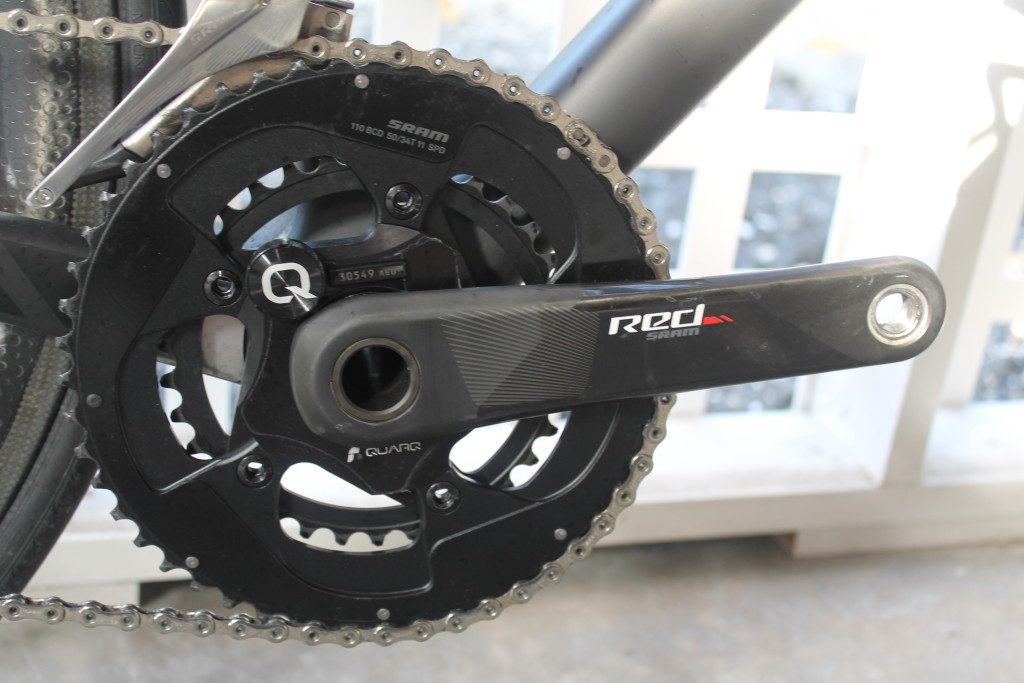How to use a power meter to pace the triathlon bike leg


— By Michael Liberzon
You’ve bit the bullet, spent the dollars, and are a proud owner of the gold standard of bike intensity instruments: the power meter. You’ve likely suffered through at least one FTP test and are hopefully using the results to plan your bike workouts and hit the intensities called for by your plan or your coach.
This is all great stuff. What gets measured, gets managed, right?
Right! When used correctly, a power meter will assist your training in making you a stronger cyclist. Many, however, do not appreciate the instrument’s full potential in helping them pace the bike leg on race day. When done well and with a sound plan, a power meter can help the well-prepared athlete deliver optimal power on the bike – hard enough for a strong split with enough in the tank for a solid run.
Before your race
Know your FTP. That’s functional threshold power for the new-to-power crowd. This key number is used in calculating all of your training and racing intensities, so it has to be accurate. To be accurate, it needs to be tested frequently and tested well. Actual protocols and best practices for determining FTP are best left for another article.
Short course racing
In short course – that’s sprint & olympic distance triathlons and duathlons – your power meter can answer the question “am I pushing hard enough?” Determining how hard to push depends on the individual. Here are the typical guidelines you should follow.
Sprint: 90% to over 100% of FTP
Olympic: 85% to 95% of FTP
Faster athletes will spend less time on the course so they can afford to work harder. The speed demons will therefore want to find themselves towards the top end of the above range. If these numbers look high, that is because they are! If you are truly intending on racing a short course triathlon, it’s going to hurt.
Long course racing
The approach to long course (half and full distances) bike pacing should answer the question “how hard can I push and still have the legs and the energy for a strong run?” The variability in possible bike splits in long course between the top pros and the back of the pack is substantial. In full distance racing, it can be more than three hours. Such a time gap necessitates a more nuanced pacing strategy – one that places a greater emphasis on your projected bike time. Here are some typical values:
To use the above data, you’ll need to know your realistic time to finish the bike. Keep in mind you’ll need to hit that time while keeping your power to the prescribed intensity.
Michael is an NCCP trained triathlon coach, certified personal trainer, and kettlebell instructor. His degree in mechanical engineering supports his evidence-based approach to coaching.
Michael is also the owner and head coach of the X3 Training Lab in Toronto.

